- Oil and Gas Businesses in Alberta
- Oil and Gas Businesses in British Columbia
- Oil and Gas Businesses in Saskatchewan
- Oil and Gas Businesses in Ontario
Oil and Gas Industry Articles
All about the oil and gas industry in North America. Current state, future outlook, FAQs, analytics and latest industry trends from COSSD.
Articles in this section will keep you up to date with the latest industry changes and developments.
-

Forecast for the Oil Industry in Canada for 2025
The Canadian oil industry, a cornerstone of the nation’s economy, faces a complex and transformative future as it approaches 2025. Several factors, including global market dynamics, environmental policies, technological advancements, and socio-political influences, will shape the industry’s trajectory. Here’s a comprehensive forecast for Canada’s oil sector in 2025.
-

Embracing the Winds of Change: Securing Canada's Energy Future through a Transformed Workforce
The global energy landscape is continually changing, and Canada's energy sector is at the forefront. As the world unites to combat climate change and pursue net-zero emissions, the Canadian energy industry is facing different challenges and opportunities in its workforce. Changes in technology, environmental consciousness, and an ageing workforce are all key factors facing energy-focused businesses in Canada and beyond. The Energy Works Career Expo will bring together industry leaders and job seekers from across the country to convene in Calgary, Alberta from September 19-20, 2023 to connect, engage, and discover career opportunities in energy.
-
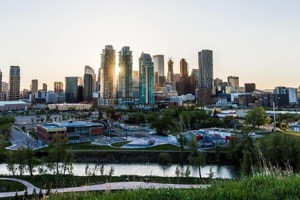
Calgary Oil Industry
Calgary has always been renowned as an energy city, and it is now being acknowledged as a worldwide energy transition leader. Calgary is Canada's greatest producer of oil and natural gas. The Alberta province also has some of the top wind, solar, bioenergy, and geothermal resources in Canada.
-
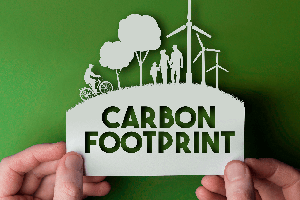
Is carbon capture the future?
Capturing, using and storing CO2 is an increasingly pressing issue for oil and gas companies. Failure to waste time and money on such technologies can ultimately incur even higher costs.
-
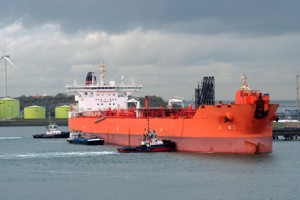
How is the oil and gas economy sector recovering from the COVID 19 pandemic?
According to GlobalData, the oil and gas industry is currently the poorest performer in the global economy, with sectoral activity remaining below pre-pandemic levels in the first quarter of 2021.
-
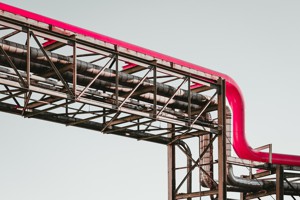
Alberta Hydrogen Plan
Prime Minister Jason Kenney announced that Alberta is beginning to seek to exploit large reserves of natural gas. By 2040, Alberta plans to become an exporter of hydrogen, which is an environmentally friendly fuel.
-
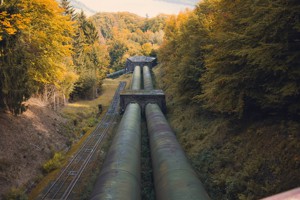
Coastal Gaslink Pipeline Pros and Cons
The Coastal GasLink (CGL) pipeline is a 670-kilometer-long natural gas pipeline designed to carry natural gas from mines in north-eastern British Columbia to a liquefaction plant located at the port of Kitimat, where the gas will be converted into the liquefied state for being exported to the global market. The project will initially have the capacity to flow approximately 1.7 billion cubic feet of natural gas per day. It could deliver up to around 5.0 billion cubic feet per day of natural gas after further expansion. The project is intended to supply natural gas to several Asian energy companies, who are partners in the project. The project is being developed by LNG Canada, which is a joint venture between four major energy companies, including Shell (40%), PETRONAS (25%), PetroChina (15%), Mitsubishi Corporation (15%) and KOGAS (5%). The Coastal GasLink pipeline project started in 2012 and anticipated in-service in 2023.
-
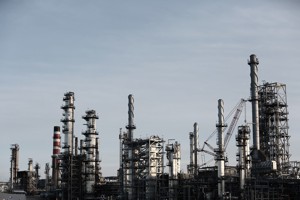
Hangingstone SAGD Project
Athabasca’s Hangingstone Project is an oil sands steam-assisted gravity drainage (SAGD) project that was developed about 20 kilometers south-west of Fort McMurray in Alberta, Canada.
-

How long will the crisis in the oil industry last?
Oil industry faces biggest crisis in 100 years. David Sheppard, Financial Times says “Producers are facing up to the crash in oil demand as coronavirus forces economies into hibernation”. Because of the spread of COVID-19 the oil industry is facing up to the fact that fuel demand is going to fall faster than ever before.
-
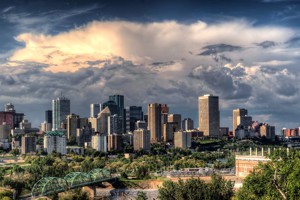
Edmonton Oil Industry
The discovery of crude in 1947 at near Leduc and later at many different locations close to Edmonton greatly excited the city's urban and industrial growth and created it the organic compound center for western Canada. This growth has been sustained through development of tar sand deposits in northern Alberta. The dominant consider Edmonton's economy (as therein of Alberta as a whole) has long been the assembly of oil. Its industrial base includes oil processing (including synthetic fuels) and also the production of the many alternative petrochemicals, plastics, and fertilizers. The host of industries and services associated with oil and gas production embrace engineering, instrumentality producing, transportation, finance, insurance, and accounting.
-

How coronavirus influences oil industry
For a few months, the whole world is suffering from a new type of virus COVID-19. Since January, the spread of coronavirus has caused the collapse in global stock markets. They reversed nearly all the positive dynamics in oil prices over the past four months. As the COVID-19 starts spreading outside Asia, the oil market will continue to feel the draught.
-
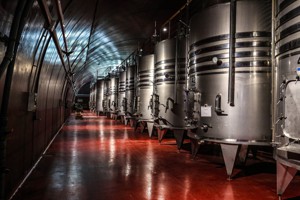
North Dakota Oil Imports
North Dakota is the nineteenth largest in area US state and the fourth smallest one by population. The largest city of North Dakota state is Fargo. The 21st century was crucial for North Dakota development. Natural resources have played a vital role in its economic growth, especially with the oil extraction from the Bakken formation. This formation lies beneath the northwestern part of the North Dakota state. These economic changes have led to population growth.
-
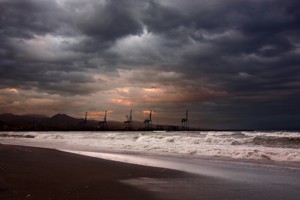
Drilling Contractors FAQ
Drilling contractor manages a drilling rig. The main spheres of their expertise are drilling wells, offshore, and onshore. Drilling contractors work in oil, construction, and mining companies. The primary responsibilities of drilling contractors are project planning, safety maintenance on the job, and clients’ satisfaction. To follow proper safety protocols, they have to get a professional certification. For the hardware and software, the drilling contractor charges a fixed rate.
-

Saskatchewan Oil Imports
Saskatchewan province is the sixth-largest oil producer in North America and the second-largest in Canada. The record amount of produce oil was in 2015 — 486,000 barrels per day. 65% of that production was shipped to the United States.
-
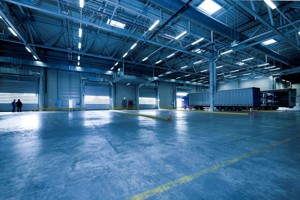
Alberta Oil Imports
Ontario and Quebec – these are two Atlantic provinces where most oil comes into. Alberta oil sands are the world’s third-largest oil reserve. There is no pipeline infrastructure from the west (Alberta oil sands) to the east and Atlantic provinces. Here is a map from Natural Resources Canada that illustrates it:
-
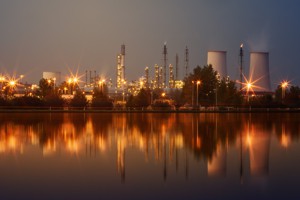
Texas Oil Imports
The most essential and valuable minerals that are produced in Texas are oil and natural gas. They have been produced from the most significant part of areas in Texas. Mostly, they have been produced from geologic eras. The Precambrian period was not among them.
-
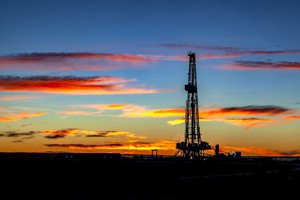
How to get Well Drilling Licence in Saskatchewan?
All states have their own licensing requirements for drillers and installers. However, a period of time in the industry before licensing is required. Often it takes 12-24 months. Licensing is required after the time requirement in the industry has been met. Some states require you to document that you have gained some experience in drilling or installing pumps. This documentation may be in different forms. You can provide completion certificates or other acceptable verifications. In case you want to become the driller or installer, you can find all the preparation information on the state website.
-
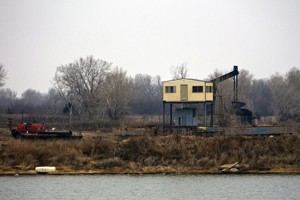
Peace River Oil Sands Projects FAQ
Tar sands are also known as oil sands. It consists of thick bitumen mixed with sand, water and clay. Bitumen, being the most important component in tar sands, is made of hydrocarbons and it is used to produce gasoline and other petroleum products. Oil production from tar sands has four stages: Mining and Extraction, Processing, Refining and Cleanup.
-

Exports in Calgary FAQ
Calgary city is the fifth largest in Canada and the biggest city in Alberta. Calgary is known for many industries, including Health, Education, Finance and Trade, Manufacturing and Agriculture. Calgary is also famous for the top companies found in the area: Shell Canada, Nova Chemicals, BP Canada Suncor Energy, Dow Chemical and Shaw Communications.
-

Grande Prairie New Methanol Plant Project
Grand Prairie city is located in the northwest part of Alberta in the southern part of the area, known as the Peace River Country. In 2016 it was the seventh-largest city in Alberta with a population of 63,166, and between 2001 and 2006 it was one of the fastest-growing cities in Canada.
-
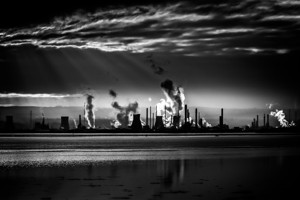
Alberta Oil Industry
Alberta is the most prominent oil-producing province in Canada that provided 79,2% of Canadian oil production in 2015. Such products are included: light, heavy and synthetic crude oil, crude bitumen and natural-gas condensate. The most significant part of its oil production comes from Alberta’s massive oil sands deposits. The production has been continually rising in recent years. Today Canada’s oil reserves are the world’s third-largest reserves thanks to Alberta’s oil sands. Although Alberta has already produced more than 90% of its traditional crude oil reserves, it has produced only 5% of its oil sands, and the remaining oil sands reserves make up 98% of Canada’s established oil reserves.
-

Prince George Refinery
Prince George is the largest city in northern British Columbia. This city is well known owing to the Prince George Refinery (known as “PGR”). It is a light oil refinery that is owned by Tidewater Midstream & Infrastructure Ltd. Previously it was owned by Husky Energy company. In 2019 the refinery was sold to the Tidewater Midstream & Infrastructure Ltd. This oil refinery processes approximately 12.0 Mbbl/d of light oil and mostly produces low sulfur diesel and gasoline. These products are added to other ones that supply the greater Prince George region.
-
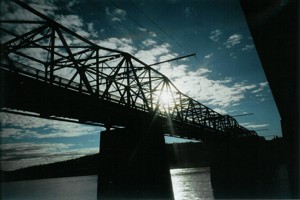
Fort McMurray Oil Sands
Fort McMurray, located in the northeast part of Alberta in the middle of the Athabasca oil sands, has made a significant contribution to the development of the national petroleum industry. It is rightly regarded as a capital of oil sands. These oil sands, positioned mostly in the McMurray Formation, consist of a mixture of crude bitumen, silica sand, clay minerals, and water.
-

British Columbia Oil Imports
The gently-sloping hills of the Western Sedimentary Basin, so conducive to the formation of oil underneath Alberta, extend through the north-east corner of mountainous British Columbia. It didn't take long for oilmen to start looking for oil in this area. After a while to transport oil to markets, a Canadian pipeline building boom happened. There were several massive projects Canada had seen up to that time.
-
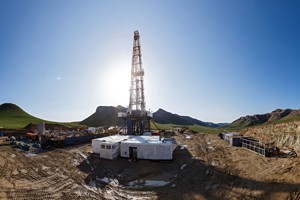
ComplyWorks, ISNetworld and Avetta FAQ
Complyworks is a Canadian company with headquarter in Calgary, Canada. It provides flexible and affordable compliance management solutions. With the help of Complyworks, you can go beyond basic governance, risk management, and compliance requirements. In case you have a GRC process, Complyworks company will assist you in taking this process to your third parties or a consistent approach throughout your global operations. Customers from more than 90 different countries use Complyworks services these days.
-
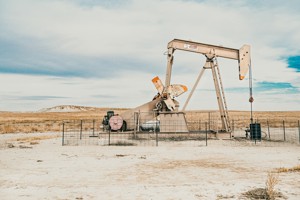
ABSA and COR Certifications FAQ
ABSA (Alberta Boilers Safety Association) is a safety authority of pressure equipment in Alberta. It operates the work of Alberta’s pressure equipment safety programs under the Safety Codes Act. ABSA is a regulatory authority but is not a direct part of the government.